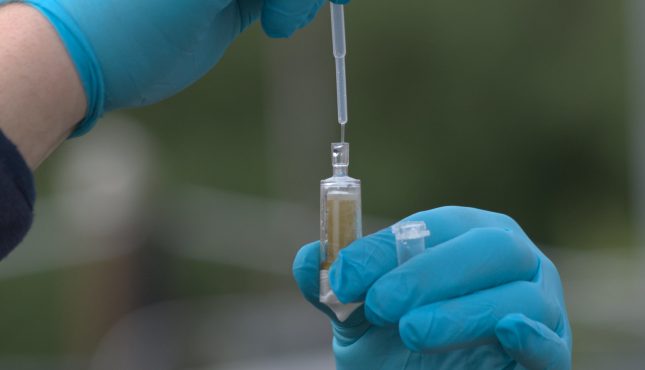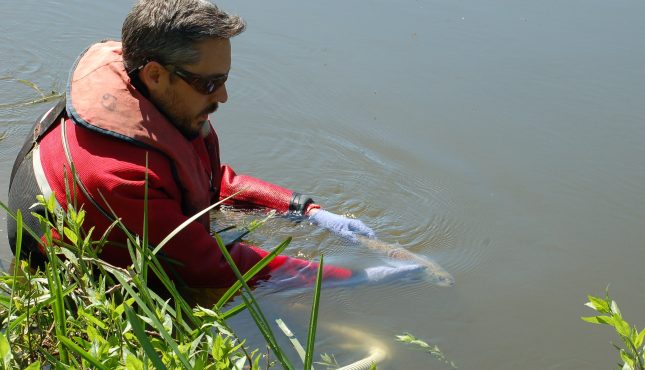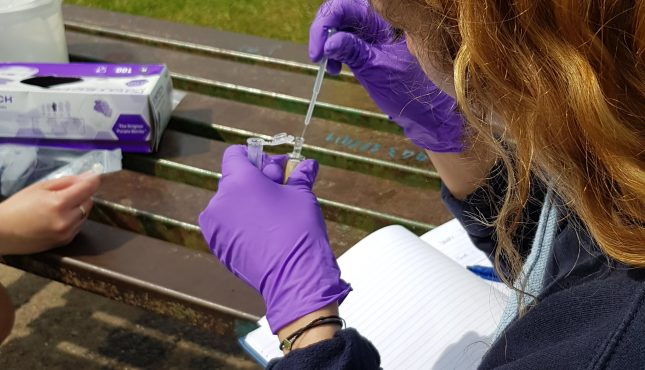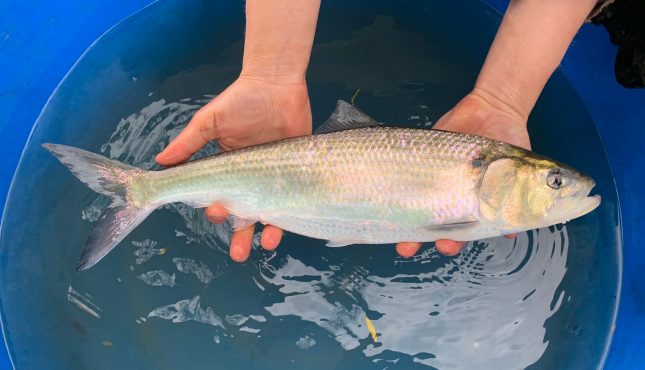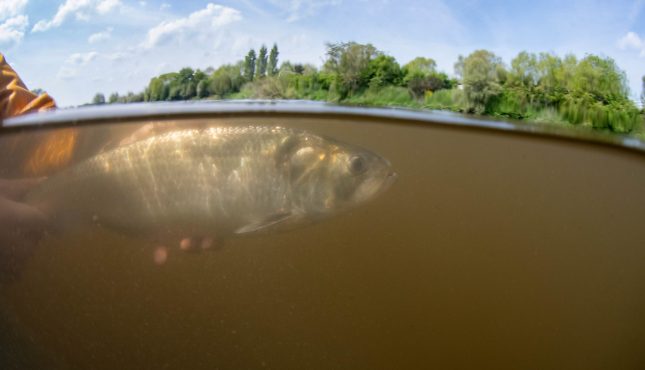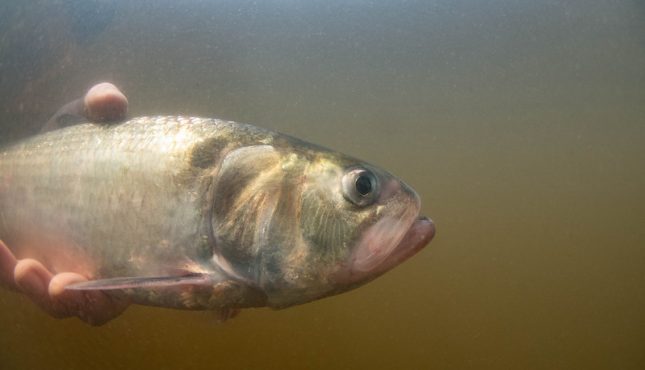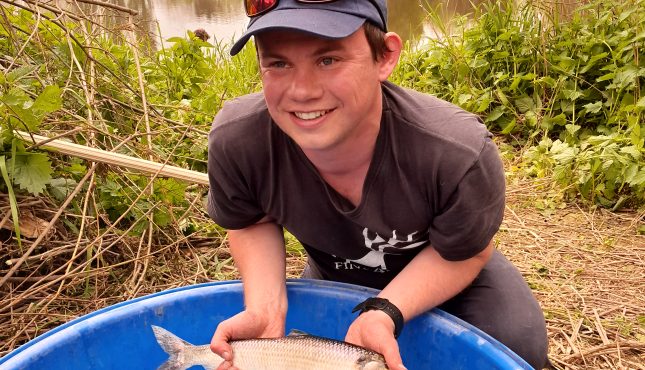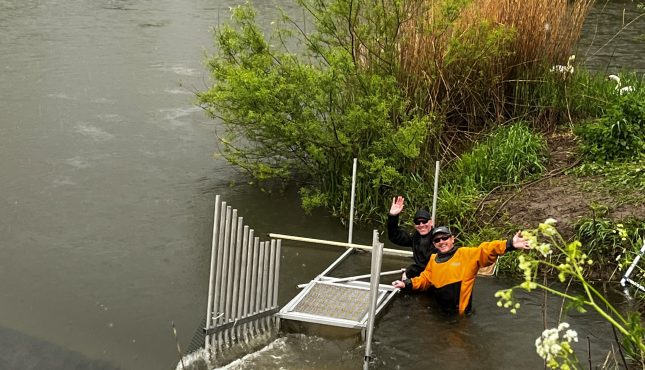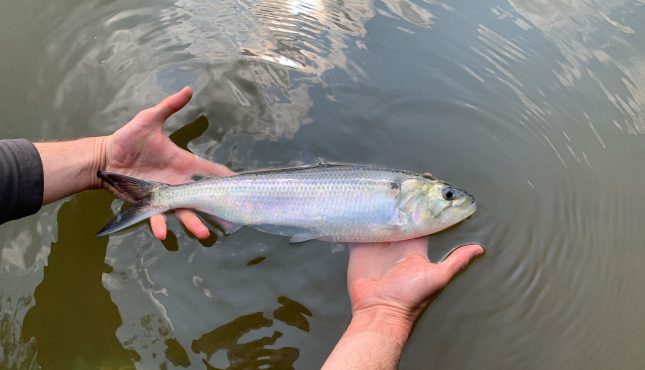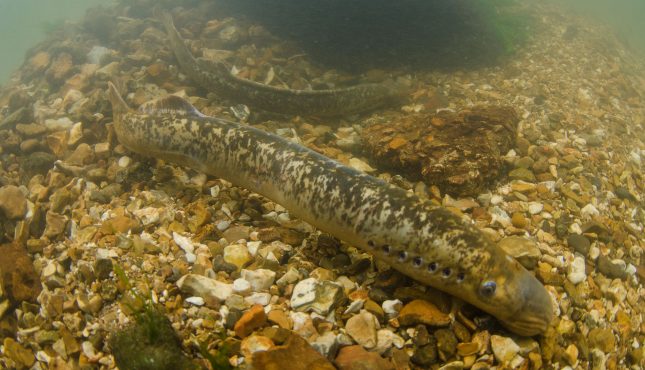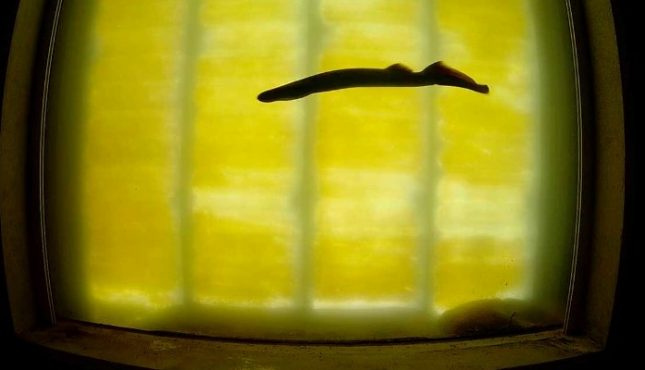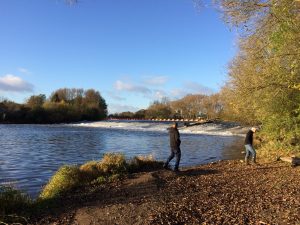Worcester is a key location for Unlocking the Severn.
Two of the River Severn fish passes will be constructed here.
At Diglis – engineers will install a deep vertical slot fish pass next to the weir.
This fish pass will also include an innovative underwater viewing gallery for monitoring the fish and providing a whole new perspective on life beneath the water.
We are also restoring a Victorian workshop on Diglis Island to provide a place for learning and exhibitions.
At Bevere – a 100m bypass-channel will be introduced with blocks and a shallow enough gradient for shad to swim around the weir.
Coming Up:
– Our next information event on Diglis Island – due to take place in July – details to be confirmed nearer the time.
– Exhibitions and activities will take place at The Hive – including children’s activities during Easter holidays and a photography exhibition in August 2019
– Places of Poetry workshops in July 2019.

View of Worcester from Diglis Island
